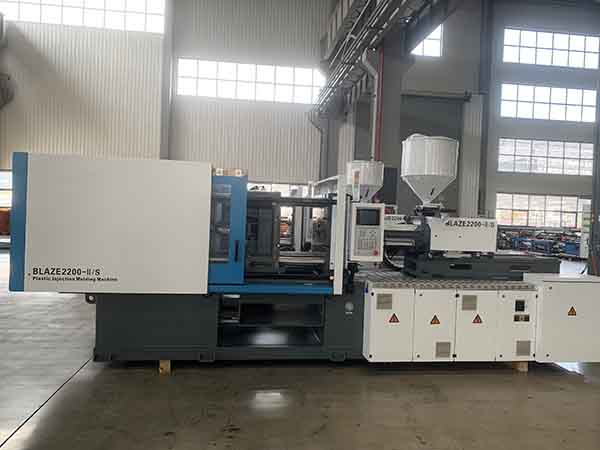Material flow simulation: an advanced tool for computer-aided prediction and optimization

In today’s rapidly evolving industrial and logistics landscape, accurate forecasting and optimization of material flows is key to improving efficiency, reducing costs and ensuring supply chain stability. With the advancement of technology, the use of computer simulation tools to predict the flow of materials has become an efficient and economical method. We will explore how these advanced tools can be used to simulate material flow and their importance for improving the efficiency of business operations.

First, we need to understand what material flow simulation is.
In short, material flow simulation is a process that uses computer software to create and analyze models of logistics systems. These models can help companies predict how materials will be moved, stored and handled under different conditions. In this way, companies can test multiple scenarios without disrupting actual operations to find the optimal solution.
So why is this simulation important for GOOGLE search?
The reason is that as more and more businesses realize the value of material flow simulation, the search demand for related online content and resources increases. Users may search for keywords such as “material flow simulation software,” “How to do logistics simulation,” or “material flow optimization case study.” Therefore, providing high-quality, informative content can attract these potential users and improve website traffic and search engine rankings.
Next, let’s delve into how computer simulation tools can be used to predict material flows.
First of all, choosing the right simulation software is the key. There are a variety of simulation software on the market, such as Arena, Simul8 and FlexSim, each with its own characteristics and scope of application. You need to consider the functionality, ease of use, scalability, and cost effectiveness of the software.
Once the right software has been selected, the next step is to build a material flow model.
This usually involves input data such as material type, quantity, processing time, transport distance and speed. In addition, assumptions need to be set, such as equipment failure rates, manpower availability, and working hours. Accurate data input is the prerequisite to ensure the reliability of simulation results.
Once the model is built, you can run the simulation.
This process generates a large amount of data, including material flow paths, bottleneck locations, wait times, and resource utilization. By analyzing this data, companies can identify potential problem spots, such as overcrowded areas or inefficient process steps.
Finally, optimization is carried out according to the simulation results.
This may include redesigning layouts, adjusting workflows, adding or removing resources, and so on. The goal of optimization is to increase overall efficiency, reduce waste, and ultimately achieve cost savings.
It is important to note that material flow simulation is not a one-time activity, but a process of continuous improvement. As business requirements change and new technologies emerge, regular updates and re-runs of simulations are necessary. In this way, enterprises can remain competitive and adapt to the changing market environment.
In summary
Material flow simulation is an indispensable tool for modern enterprises. Not only does it help businesses predict and optimize material flow, it also improves visibility to search engine users. By providing high-quality content and practical information, companies can attract their target audience, improve website rankings, and stand out in the fierce market competition.


